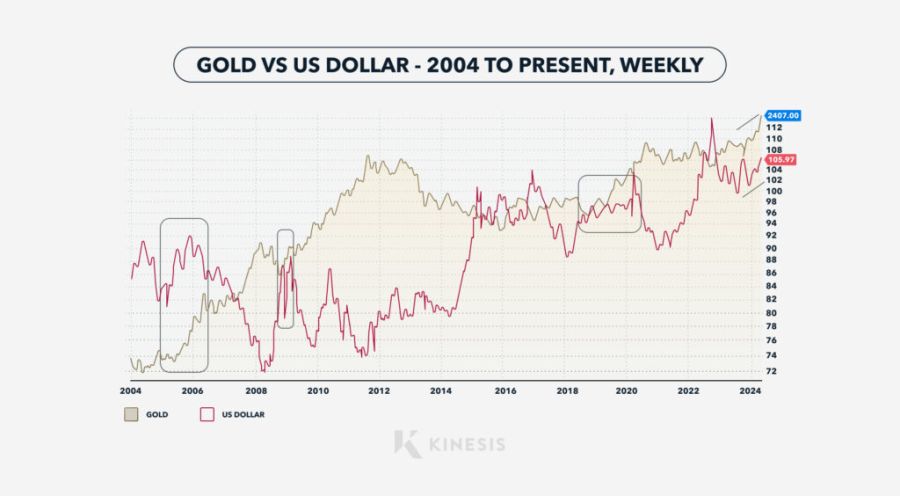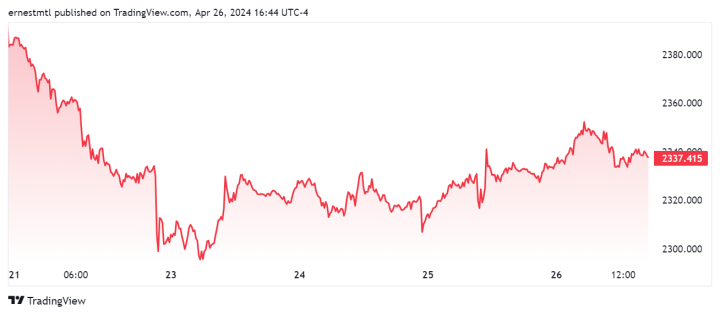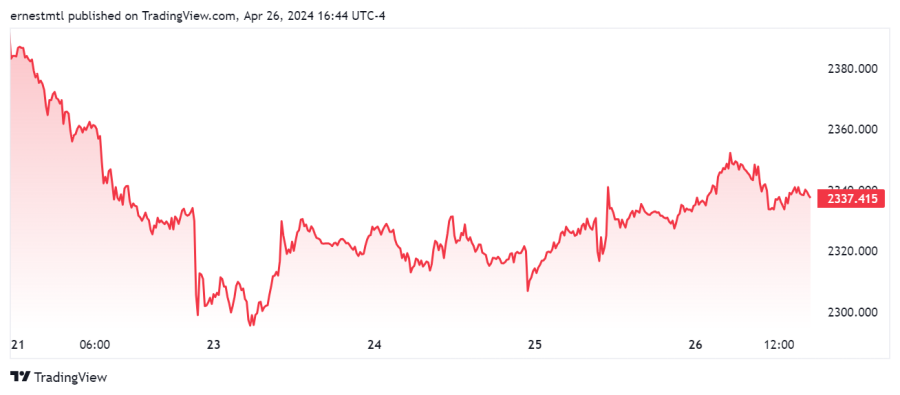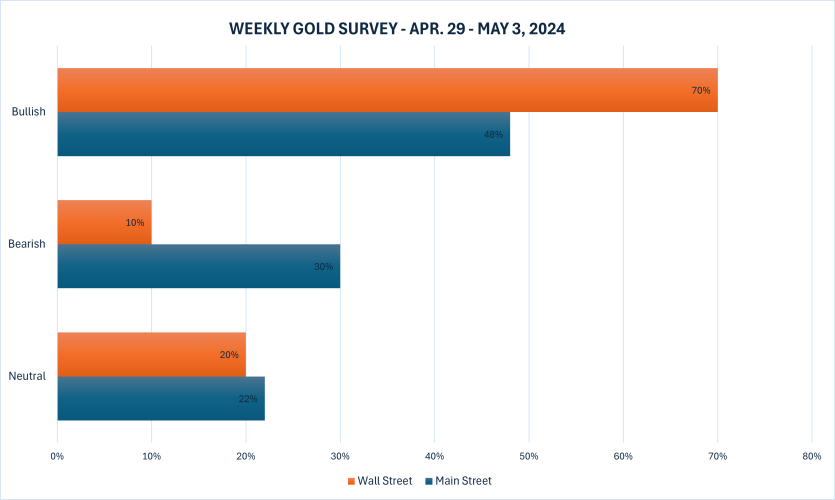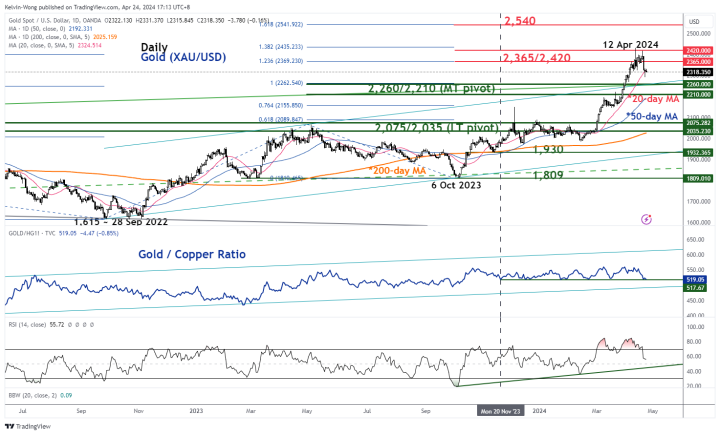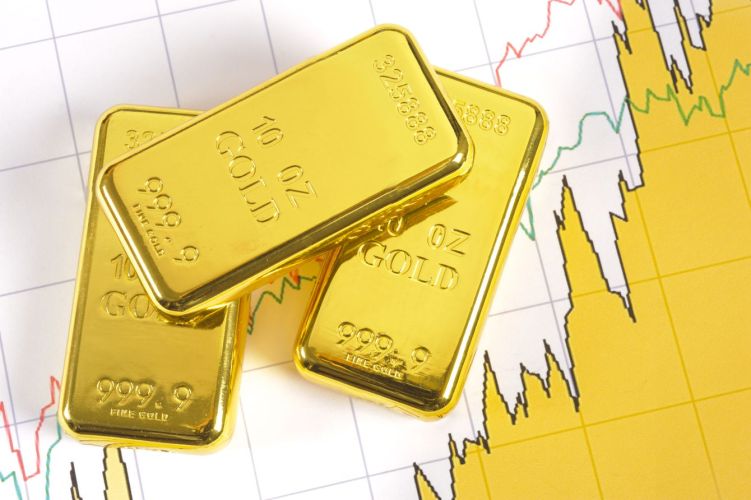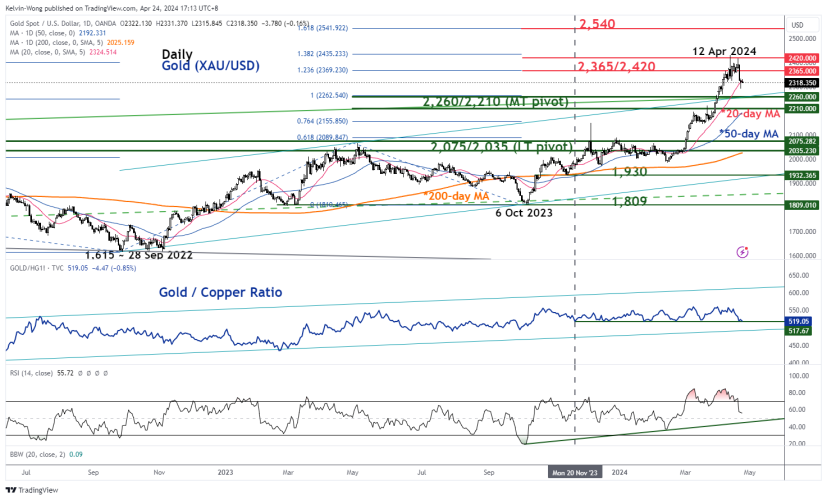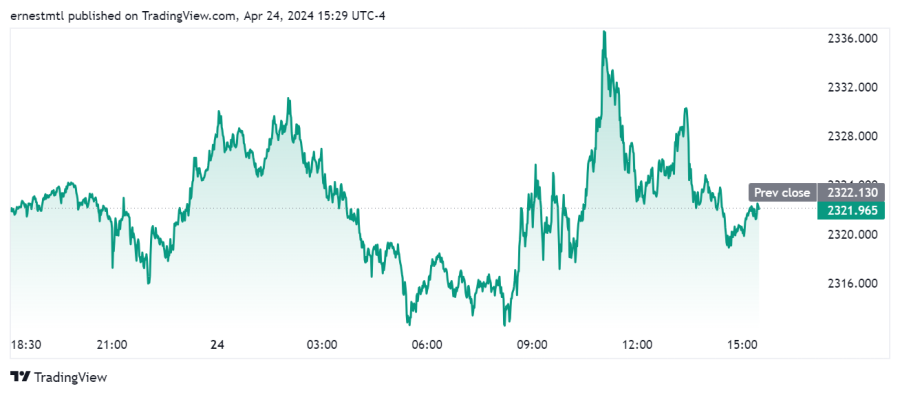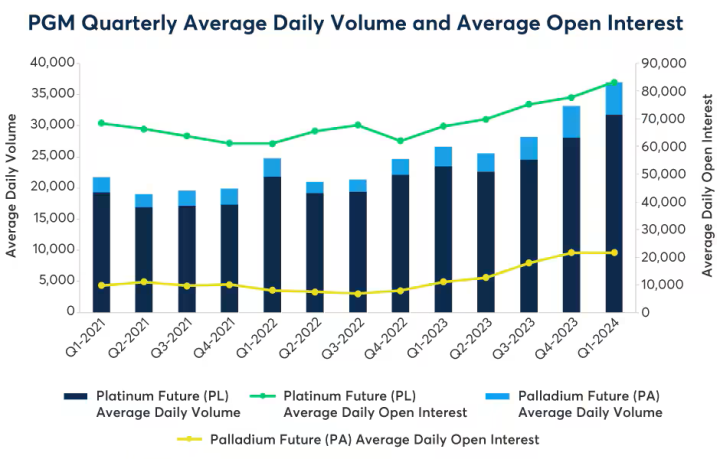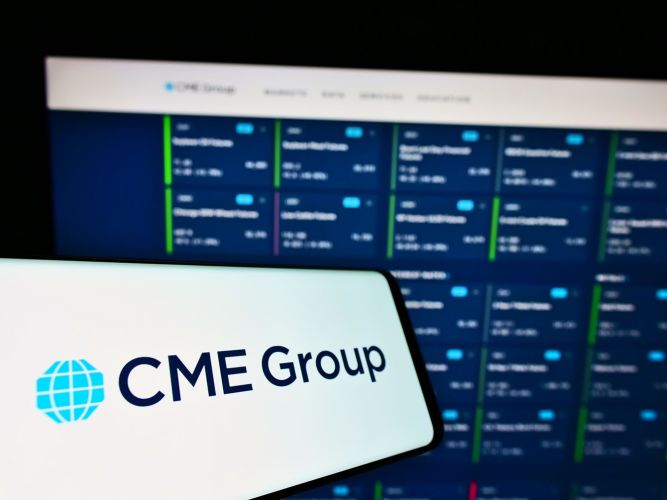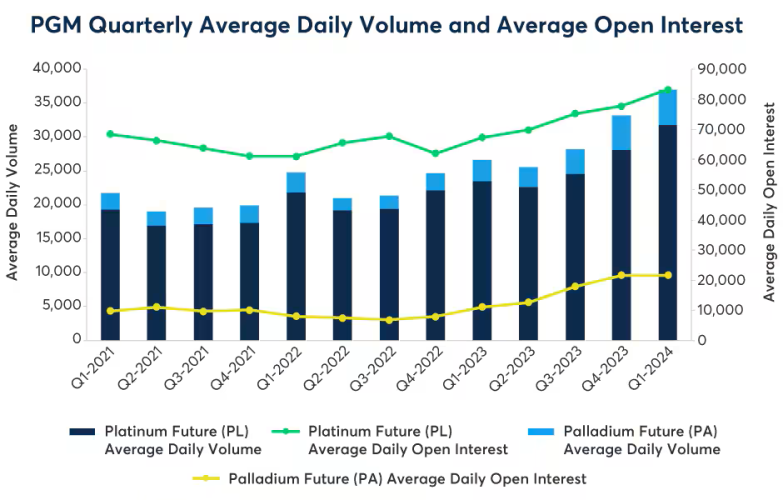Blugenics and Markethive Are Shaping the Future of Health with Gaditana Original Phytoplankton
The Genesis of Blugenics and the Historical and Ecological Significance of Phytoplankton
%20copy.png)
Blugenics: Pioneering the Power of Phytoplankton
In today's health-conscious society, the pursuit of wellness has led to a surge of interest in nutritional supplements. Essential foundational nutrition is missing from many modern diets, where foods lack nutrients from depleted, fertilizer-dependent soils. Forever chemicals in manufactured foods, daily stress, and other factors impair digestion, and the flora that make up the microbiome in the human gut exacerbate this situation.
Blugenics has revolutionized the field of nutrition with its innovative approach and expertise. The unique power of Gaditana Original phytoplankton is delivering life-altering results that have sparked a new era of excitement and well-being in the lives of its consumers. Blugenics is committed to providing the highest standards of quality and purity, instilling a sense of hope and optimism in an ailing population.
Today, we delve into the history of Blugenics and the ocean’s superfood, phytoplankton. The breakthroughs emerging from phytoplankton and algae are among the most promising advancements in human and pet health. Blugenics is leading the way in this exciting new frontier, harnessing marine phytoplankton's potential as a nutritional powerhouse, enlightening and informing health-conscious individuals of its significance in shaping the future of health and wellness.
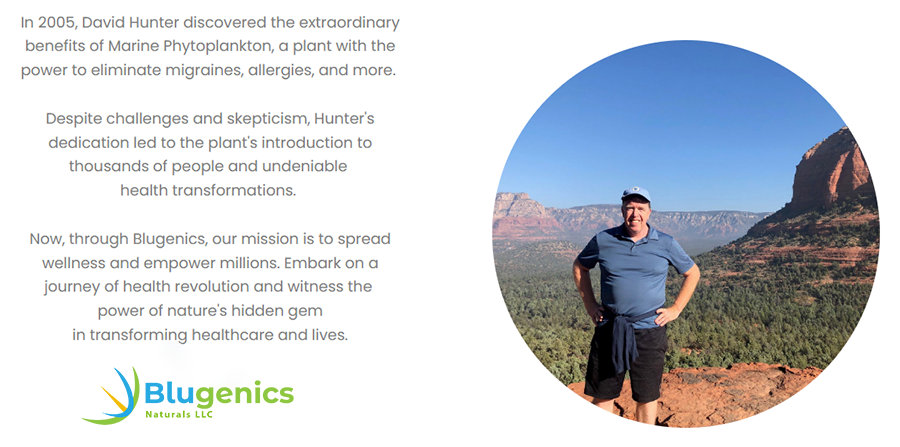
About Blugenics
David Hunter, the founder and president of Blugenics, was introduced to phytoplankton in British Columbia, where Tom Harper, who used about 200 strains, did the original work. In July 2005, David discovered the remarkable health benefits of Marine Phytoplankton, initially intended as shellfish nourishment. He was inspired to share this discovery widely by witnessing both a coworker's and his own dramatic health improvements, including the end of chronic migraines and allergies.
David further investigated this pure source of nutrition, stating, “We needed a consistent product—like a strain of tomatoes.” Blugenics settled on Nannochloropsis Gaditana Lubian, a holistic subspecies that Professor Carlos Lubian identified in 1997 off the coast of Spain.
 As David reported, “This native strain of phytoplankton is an ancient original heirloom seed plant. It grows so fast in three months; it’s thick like vibrant green ketchup. Each tiny plant looks like a green globe. It swims and has an intelligence. It is dead but alive.”
As David reported, “This native strain of phytoplankton is an ancient original heirloom seed plant. It grows so fast in three months; it’s thick like vibrant green ketchup. Each tiny plant looks like a green globe. It swims and has an intelligence. It is dead but alive.”
This unique description of Gaditana Original phytoplankton sets it apart from other nutritional supplements, making it a compelling choice for health-conscious individuals.
The phytoplankton are monitored for safety and lack of contamination, as it becomes a freeze-dried extract with only 2% moisture. “It is like a pancake, which we break and then put into a grinder to create the powder.”
Gaditana, a select strain of Phytoplankton, held great promise, but its path to commercialization needed to be more explicit, primarily due to regulatory roadblocks. Overcoming these challenges required six years of unwavering commitment and investment before the product could finally be brought to market.
The initial breakthrough came when a pharmacist, who was initially skeptical, was won over by the product's effectiveness in alleviating his acid reflux without the need for medication. This personal experience convinced him to stock the product across all his stores, marking the beginning of the product's widespread acceptance and growth. The next step was introducing this natural health supplement to a larger audience, including people and their pets, hoping to benefit thousands of lives.
David Hunter emphasizes, “The future of the planet is bright.” He explains, “We are futuristic farmers growing vitamins, protein, antioxidants, and oxygen. Our product goes from sea to stomach; we grow the product with minimal impact on the ecosystem. We are a phytoplankton company, not a supplement company.”
David is initially expanding Gaditana Original's reach in the United States, Australia, Mexico, and the Bahamas by leveraging network marketing and personal recommendations. He has teamed up with industry experts Eric Swaim and Paul Redmayne to establish Blugenics; a company focused on cultivating this grassroots approach. The strategic partnership with Markethive further strengthens our marketing and customer acquisition efforts, ensuring a wider reach and a more significant impact.
Blugenics Growing Facility
Gaditana Original phytoplankton is cultivated in a cutting-edge facility, the only one globally endorsed under the stringent global food safety standards HACCP and ISO 22,000. Blugenics has obtained authorization from Novel Food for Marine Microalgae in Europe and a Generally Recognized as Safe (GRAS) rating in the United States and Canada. This endorsement ensures the product is free from toxins and entirely safe for consumption, providing you with absolute peace of mind.
Marine culture commences with safeguarded heirloom seeds cultivated in micro-filtered ocean water in enclosed tubes to ensure zero contamination. Blugenics takes in pristine ocean water off the coast of Spain, adds phytoplankton, and moves it through a thin tube in a temperature-controlled tank just 150 meters from the ocean. Later, the pure ocean water, now with phytoplankton added, is returned to the sea.
The facility has a million-dollar, 24/7 computerized safety monitoring system, backup daily manual checks, and a proprietary technique to maximize nutritional output. Blugenics is the exclusive grower of Gaditiana Original and boasts an in-house laboratory.
Blugenics is taking a proactive stance in preserving the health of our planet by ensuring that its operations do not harm the environment. This mindset is crucial for mitigating the negative impact on the Earth, home to a diverse range of species, including tiny phytoplankton, millions of animals and plants, and humankind. By adopting these practices, Blugenics sets a precedent for other companies to follow and contributes to a healthier future for us and our planet. This commitment to sustainability resonates with eco-conscious readers, making Blugenics a brand they can trust.
What Are Marine Phytoplankton?
The sea's vast marine life has been a source of sustenance, excitement, and inspiration for humans for centuries. However, the existence of these creatures relies heavily on tiny, single-celled organisms known as phytoplankton that drift in immense numbers in every drop of water in the ocean's upper 100 meters. These microorganisms are the foundation of the marine food chain and play a vital role in sustaining life in the sea.
Phytoplankton, the foundation of life on Earth, has a rich history spanning over 3 billion years. These microorganisms are responsible for creating the planet's atmosphere and supporting the growth of life. The term "phytoplankton" is derived from the Greek words "phyto" (plant) and "planktos" (wandering). Phytoplankton are not just tiny ocean plants but single-celled aquatic organisms that use sunlight to generate energy through photosynthesis, much like trees and other terrestrial plants.
Although phytoplankton is a small fraction of Earth's plant life, they play a vital role in aquatic ecosystems, supporting food chains in marine and freshwater environments. These tiny organisms are remarkably productive, producing half of the world's oxygen and contributing to 50% of global photosynthesis.
Their fossilized remains, deeply buried and compressed by the earth's geological processes, transform oil, a rich, carbon-based liquid that powers our vehicles. Moreover, studies indicate that they significantly contribute to the carbon dioxide cycle between the atmosphere and biosphere, thereby regulating Earth's climate.
Global distribution of ocean phytoplankton – NASA
Opacity indicates the concentration of the carbon biomass. In particular, the role of the swirls and filaments (mesoscale features) appears important in maintaining high biodiversity in the ocean.
The Power Of Gaditana Original
Gaditana Original phytoplankton is a specific Atlantic Ocean Marine Phytoplankton and a nutritional powerhouse. It is rich in diverse essential nutrients, including omega fatty acids, vitamins A, C, D, and K, beta carotene, antioxidants, calcium, magnesium, selenium, iron, protein, and dietary fiber that supports healthy digestion. This microalgae contains all the necessary nutrients required to create and maintain cells, making it an optimal food source for those looking to boost their overall health and well-being.
Marine phytoplankton also offers a wealth of essential nutrients our cells require for optimal metabolic function. Its bioavailability is exceptionally high, with a 100% absorption rate. The cell wall is rapidly digested, allowing its nutrient-rich content to be quickly assimilated into the body. Furthermore, it bypasses the liver and enters the bloodstream directly, making it readily available for the body to utilize promptly.
Marine phytoplankton is rich in chlorophyll and various plant pigments, known as phytochemicals, which work together harmoniously as antioxidants. These antioxidants are accompanied by other nutrients, including astaxanthin, canthaxanthin, and zeaxanthin, as well as a diverse array of carotenoids.
Marine phytoplankton's appeal lies in its dual nature as a nutritious food and a natural energy source, not as a supplement or medication. It provides an instant energy boost, boasting 400 times the energy of any known plant. Its exceptional nutritional density makes it suitable for people and pets.
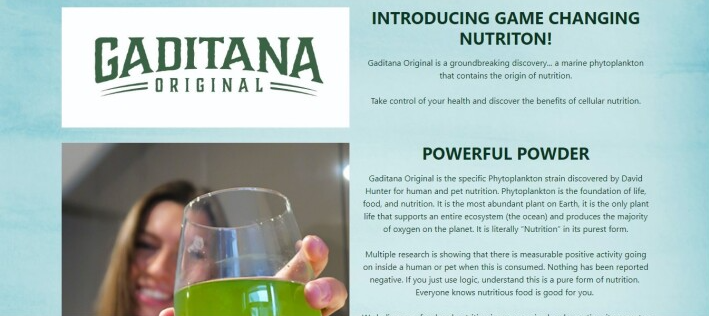
What sets Gaditana Original apart from the other phytoplankton you may find online?
Gaditana Original stands out from other phytoplankton options thanks to its unique origins and commitment to excellence. David Hunter, a key figure in the discovery of phytoplankton, has played an instrumental role in ensuring that the product meets the highest standards of quality and effectiveness.
He has previously created a few products for the conventional market, such as Ocean’s Alive, Karen, and Sunfood. However, he was persuaded to offer the product in tablet form for convenience. Unfortunately, he discovered that the product's effectiveness was compromised due to the addition of artificial binders and fillers during the tablet-making process, rendering it less effective. As a result, Blugenics Gaditana Original is now only available in its purest powder form.
Some phytoplankton products on the market are considered imitations or knockoffs. You can identify them by their low price. These products lack transparency, with no images of their production facilities, customer support contact information, or marketing slogans. Additionally, there is no online presence, including customer testimonials, authentic documentation, or a traceable history.
These knockoffs are cultivated in artificial seawater, and when examined under a microscope, the phytoplankton appears damaged or abused. As a result, they are unlikely to produce the desired effects.
The Gaditana Original is a one-source ingredient untouched by artificial formulations. It’s not a man-made formulation. It is considered the closest thing to the natural source of nutrition available in the market, and it is believed to contain an undiscovered peptide (protein) that re-ignites the immune system. Considering that many health issues stem from malnourishment, it logically follows that pure nourishment, such as the Gaditana Original, can counteract the adverse effects.

Customer Centricity At Its Finest
Blugenics and Gaditana Original prioritize customer satisfaction by adopting a "Product First" strategy, striving to positively impact the lives of millions through innovative health and wellness technology. You can trust in the expertise of David Hunter, the visionary behind this initiative.
Additionally, Blugenics has partnered with Markethive, a top-notch marketing arm, to showcase the products through their storefront and co-op for Gaditana Original, creating a solid foundation for success. This collaboration ensures that everyone involved can thrive.
Phytoplankton was deliberately selected and tailored to serve as the fundamental nutrient source, forming the basis of all nutrition. Its position is unassailable, and, ironically, the nutrition industry has overlooked it, given that it's the master nutrient. It's only logical that phytoplankton, as the primary source, would possess greater potency than any other supplement.
We believe everyone should try Gaditiana Original just once. By experiencing phytoplankton's incredible potential and spreading awareness of its transformative effects, you join a revolutionary movement promoting well-being and vitality. We are committed to positively impacting people's lives, their pets' lives, and the environment, and we strive to achieve this in a measurable and meaningful way.
An 8-year market test in Canada has proven unequivocally that Gaditana Original Phytoplankton, if taken by the masses, will ignite one of the most significant wealth transfers in history by giving people the foundational tool of pure nutrition to control their quality of life, along with the marketing and customer acquisition tools of Markethive, the all-encompassing social market broadcasting network, to bring financial stability enhancing your livelihood.
By joining the Blugenics Customer Acquisition storefront within Markethive, you'll collaborate with a talented team, utilize a wide range of resources and support, and experience the well-being and benefits of Gaditana Original, the planet's original source of nutrition.
See you there!

Tim Moseley

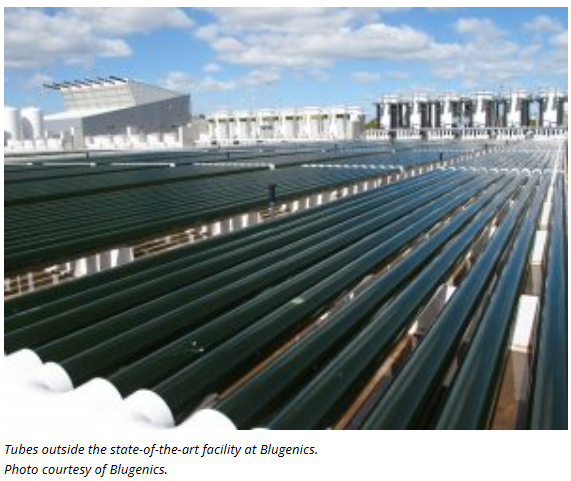
.png)
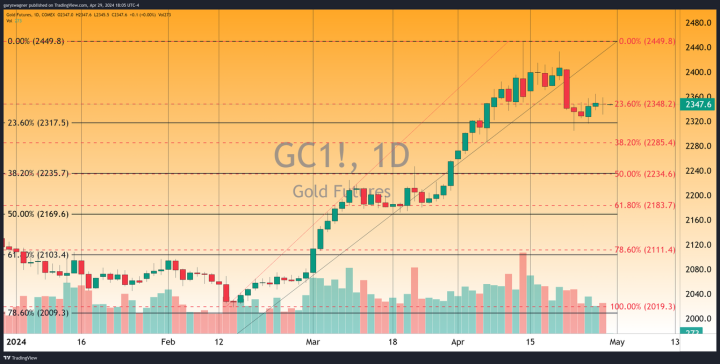
.png)
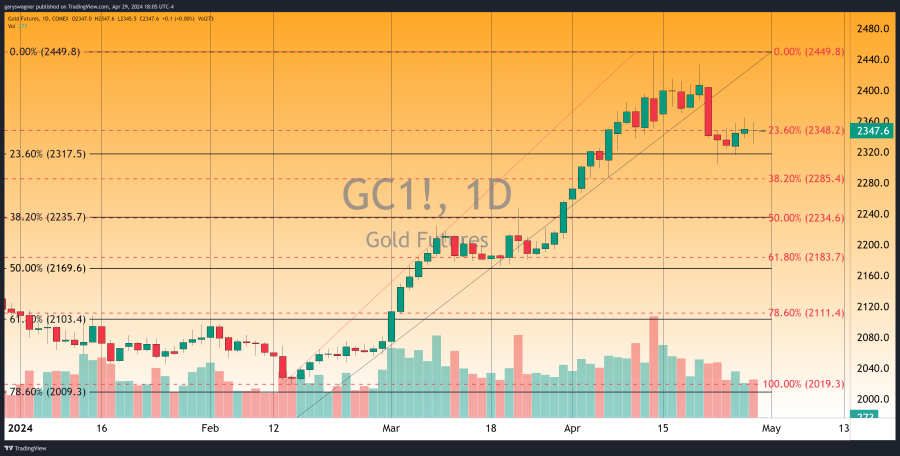
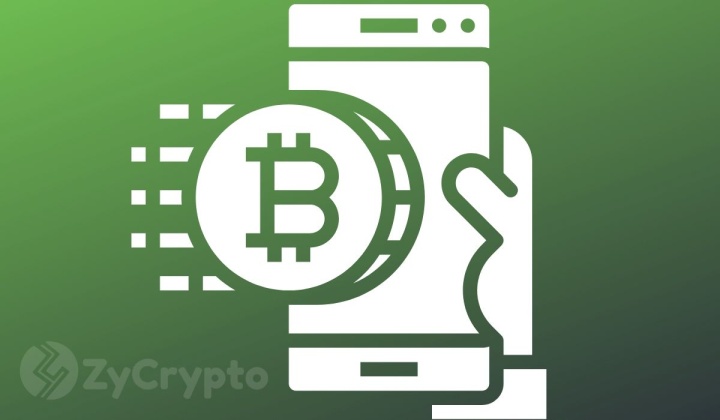
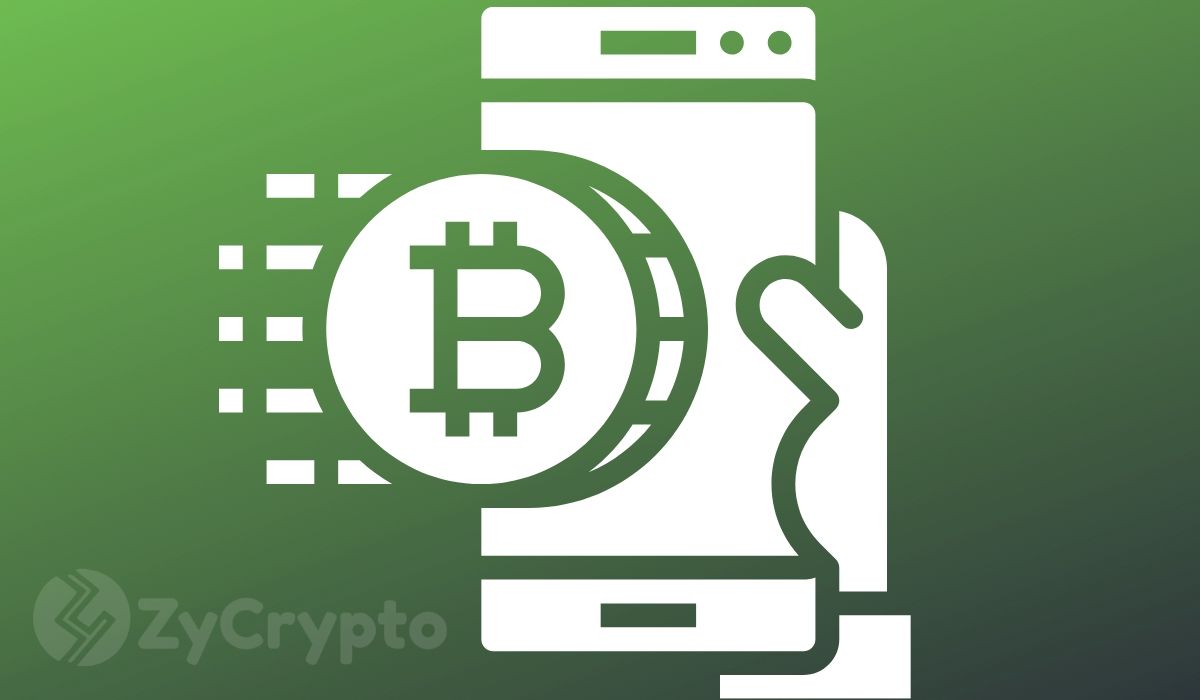
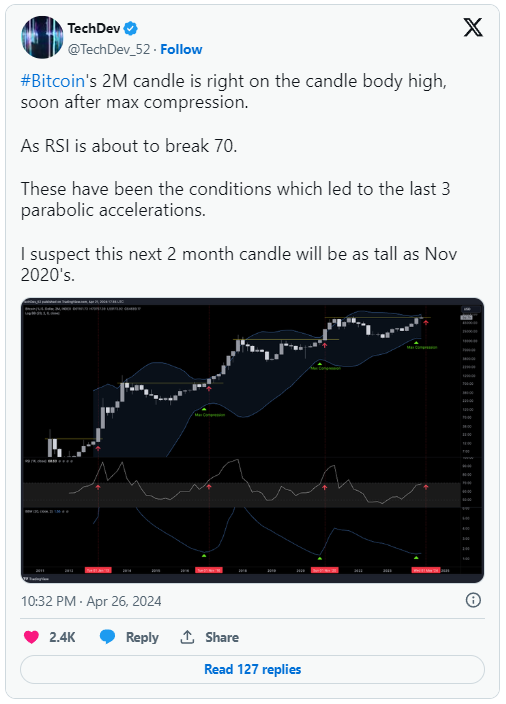
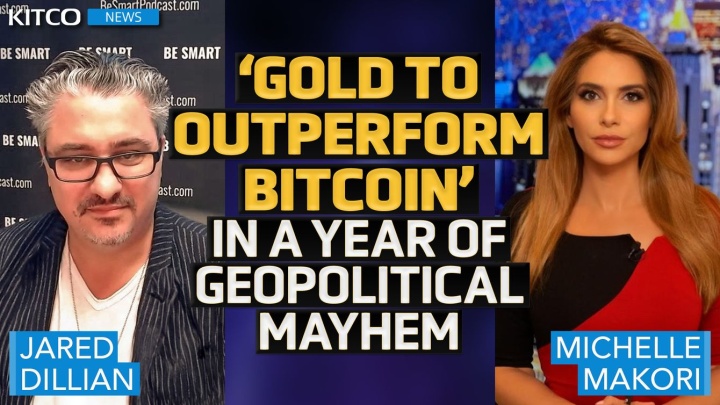




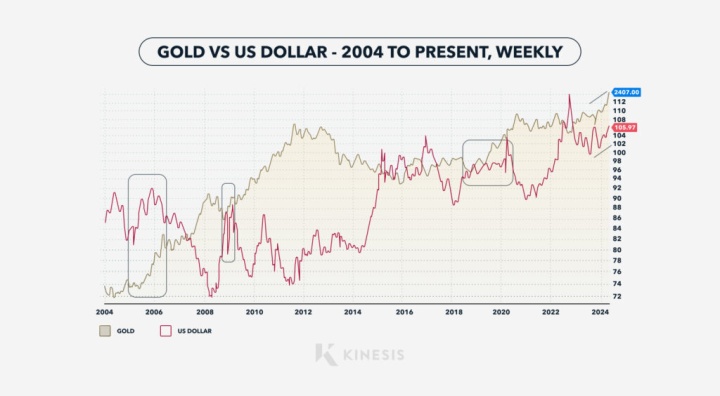
.jpg)
